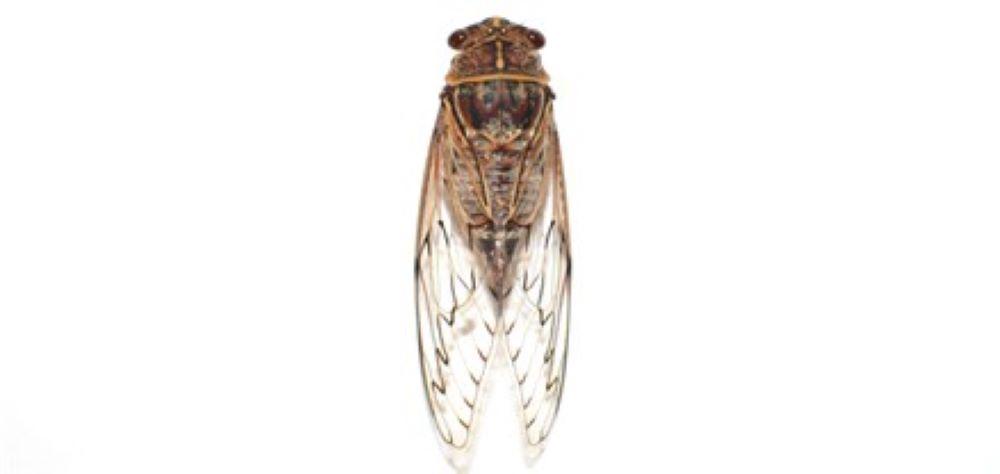
Collective synchronisation in cicada swarms
Supervisor: Dr James Herbert-Read
Co-supervisor: Prof David Sumpter
This project will use a combination of experimental fieldwork and modelling approaches to understand the mechanisms and functions of synchronised calling in cicada swarms.
The synchronised signals produced in a range of animal aggregations provide some of the most spectacular examples of biological organisation. Interactions between flashing fireflies or chorusing insects producing rhythmical advertisements can lead to the emergence of vast collectively synchronised displays. True synchronisation emerges through the local interactions between group members, and synchronisation often occurs when there are competitive interactions between individuals. Indeed, many displays of synchronisation occur in groups of seemingly low-relatedness where individuals compete to attract mates. Why individuals should synchronise their behaviour in these groups still remains debated.
This project will use a combination of experimental and modelling approaches to understand the mechanisms and functions of synchronised calling in cicada swarms. Using arrays of remote recording stations spread out over hundreds of square meters of the Australian bush, the student will record the spatial and temporal components of cicadas’ synchronised calling in the wild. The student will also conduct playback experiments to test how males respond to the calls of their neighbours, testing the mechanisms that result in collective call synchronisation. Female preference for different calls will also be recorded to understand the selective pressures on male signalling behaviour. The student will then develop theoretical models to understand why males synchronise their calls, testing the conditions where synchronisation is an evolutionary stable strategy. Overall, the project will unravel the mystery of why animal groups coordinate their signalling behaviour in competitive group scenarios.
References
Sarfati, R., Hayes, J. C., & Peleg, O. (2021). Self-organization in natural swarms of Photinus carolinus synchronous fireflies. Science Advances, 7,eabg9259.
Buck, J. (1988). Synchronous rhythmic flashing of fireflies. II. The Quarterly review of biology, 63, 265-289.
